Advertisement
Advertisement
Modern 4WDs are brilliant. They’re smoother, quieter, smarter, and more comfortable than ever. They let you rock up to a red dirt camp spot a thousand kays from anywhere, flick on your air fryer, and sit back with a cold ice cream while the lithium keeps your beers icy and your tent inflated. It’s bloody amazing.
But comfort has a way of lulling you into a false sense of security. The Outback hasn’t changed, even if your ute has. The heat still melts radiators, bull dust still kills engines, and dodgy fuel is still hiding in a bowser out the back of nowhere. So, while you’re charging headfirst into the remote with Netflix on the iPad and 12-speaker sound playing Cold Chisel, don’t forget the prep. Not just the shiny gear, but the ugly, greasy stuff you need stashed under the seat, in the drawers, or rattling around your glovebox.
Here’s your ultimate 4WD prep checklist for heading remote and into the Outback. A mix of old-school essentials and modern must-haves.

Australia’s fuel quality is inconsistent at best, and contaminated diesel is one of the fastest ways to ruin a remote trip and turn your engine into a $30k paperweight. A pre-filter kit is your best defence here. They mount before your factory filter, trapping water and debris before it gets near your injectors. The Diesel Care kits are purpose-built, easy to drain, and backed by years of real-world experience. You won’t even know it’s there, until it saves your bacon.
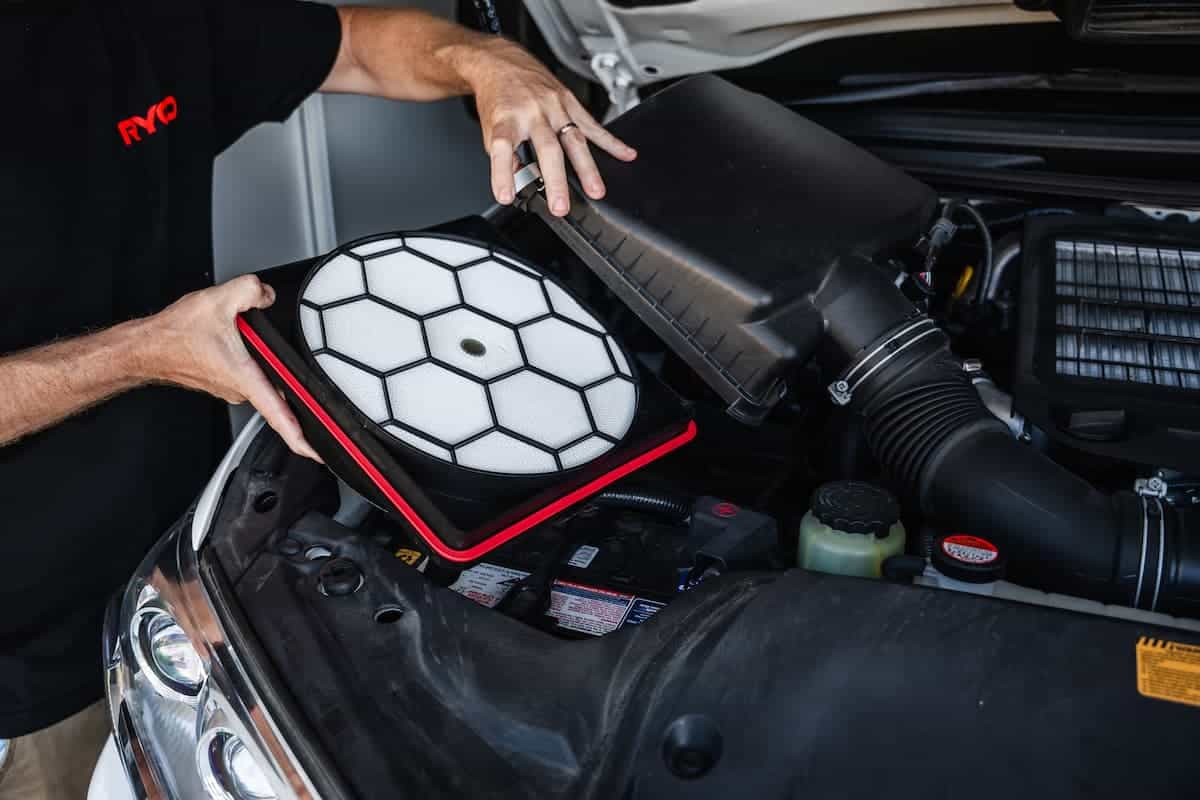
If you’ve ever driven behind another 4WD down a dry track, you know how brutal the dust can get. Your air filter is your engine’s last line of defence, and cheaping out on it is madness when you’re travelling remote or in the Outback. Ryco filters are worth the coin. They’re built to trap the fine stuff, not just the chunky bits. Pair it with a snorkel to raise your intake above the dust cloud, and throw a pre-filter sock over the top if you’re in convoy. It’s not about performance, it’s about keeping that expensive engine alive.
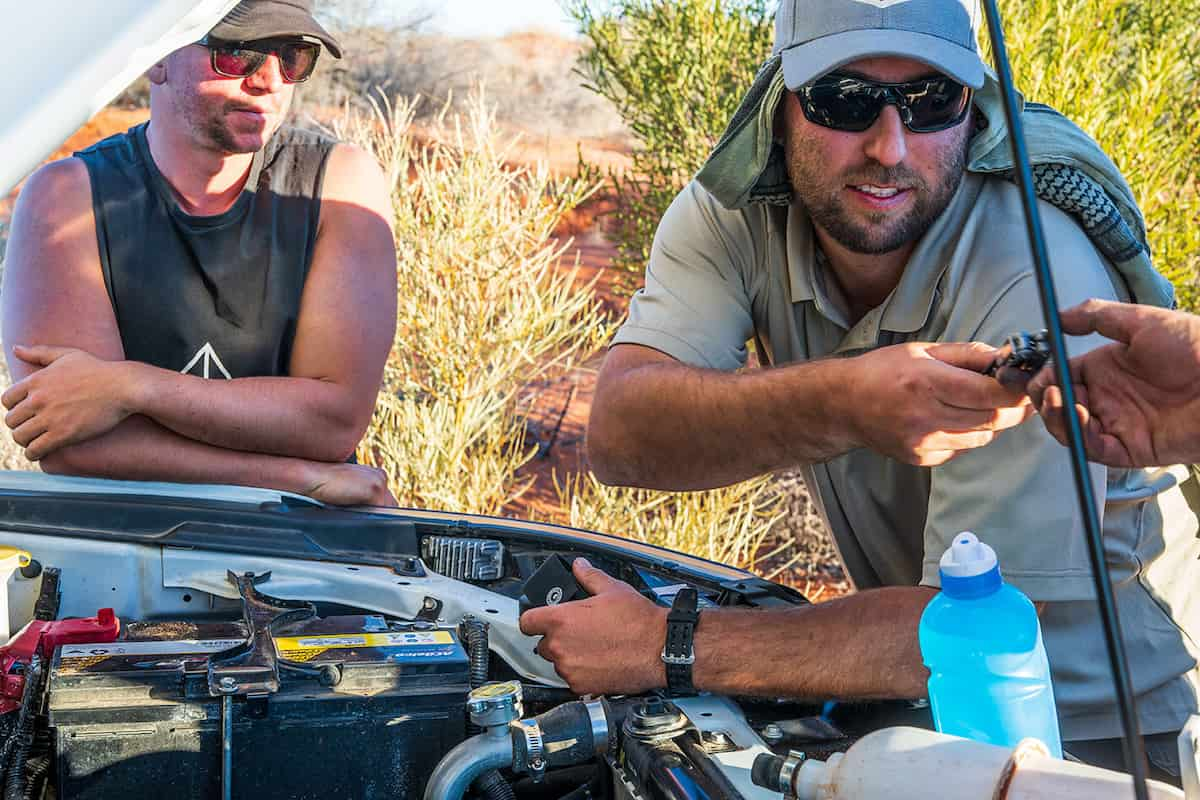
There are three kinds of 4WDers on remote trips: the one who brings too many spares, the one who brings none, and the one who brings exactly the right bits. Aim to be the third. Things like fan belts, radiator caps, spare hoses, wheel bearings, and fuses are gold when you’re miles from help. Old-school trick? Pre-pack your spare bearings in grease and Glad Wrap, ready to go. Terrain Tamer is a solid bet for spares. They stock a heap of OEM or better gear, especially for Toyotas and Patrols.
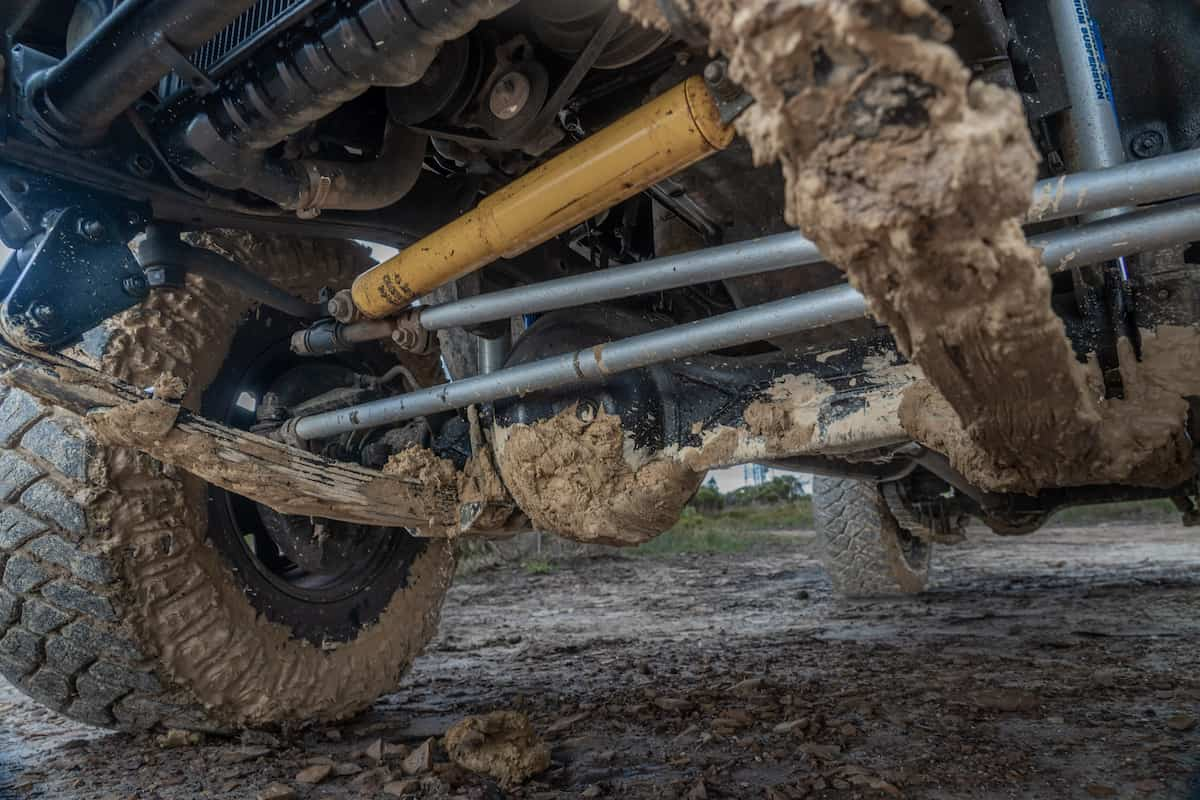
You’re probably not carrying spare struts and leaf springs, fair enough. So prevention is key here. Before you head off, crawl under your rig and check your shocks for oil leaks, make sure the bushes aren’t cracked, and look for any fatigue or stress marks on your springs. Replacing a cracked bush in the driveway is annoying. Doing it on the Birdsville Track? That’s the sort of pain that makes a grown man cry.
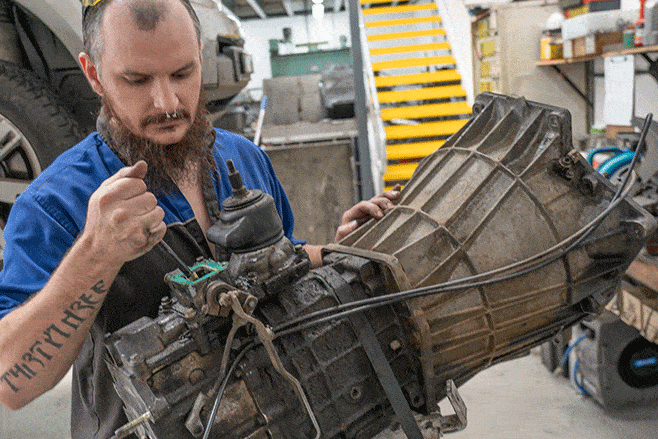
If you’re heading outback, do the service early and do it properly. Flush and pressure test your radiator; a pinhole leak will end a trip fast. Check all fluids (coolant, engine oil, gearbox, transfer case, diffs), inspect your wheel bearings, belts, and any pulleys, and test your battery. Think of it like packing your parachute: you only get one go.
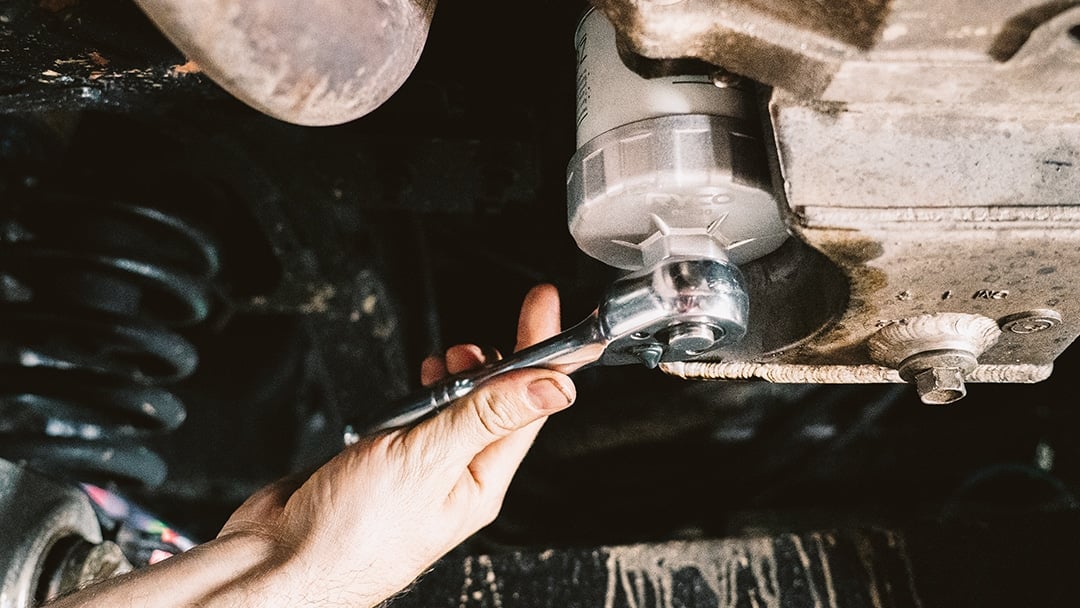
A lap with the spanner is a pre-trip ritual worth its weight in gold. Go over every bolt on your bullbar, roof rack, sidesteps, tow hitch, and anything you’ve cable tied to your roof in a panic. I lost a brand new LED light halfway down the Oodnadatta Track because a bolt backed out and the cable snapped before I’d worked out why things got dark. Lesson learned. Same goes for electrics. Check fuses and plugs on anything obvious under the bonnet and anything aftermarket you’ve wired in. A scorched fuse might be fine today and a fire hazard tomorrow.
It’s easy to joke about foil blankets and snake bite kits until you’re actually in trouble. A solid first aid kit, some emergency rations, plenty of water, a UHF or sat phone, and a paper map can be life-saving. Bonus points for a PLB or satellite comms like a Zoleo or inReach. 99% of the time, you won’t need it. But if the 1% hits, you’ll be glad you looked like a dork packing it.
Sure, you need sockets, spanners, a hammer, and a screwdriver. But what else? Does your 4WD use Torx bits? Allen keys? Got a weird-sized hub socket (hello, Toyota 54mm)? Pack what your rig actually needs. Bonus points for electrical crimpers, cable ties, and a soldering iron. Oh, and an OBD scanner. Because these days, a 10mm spanner can’t clear a limp mode fault, but a scanner, a manual, and ten minutes of Googling might.
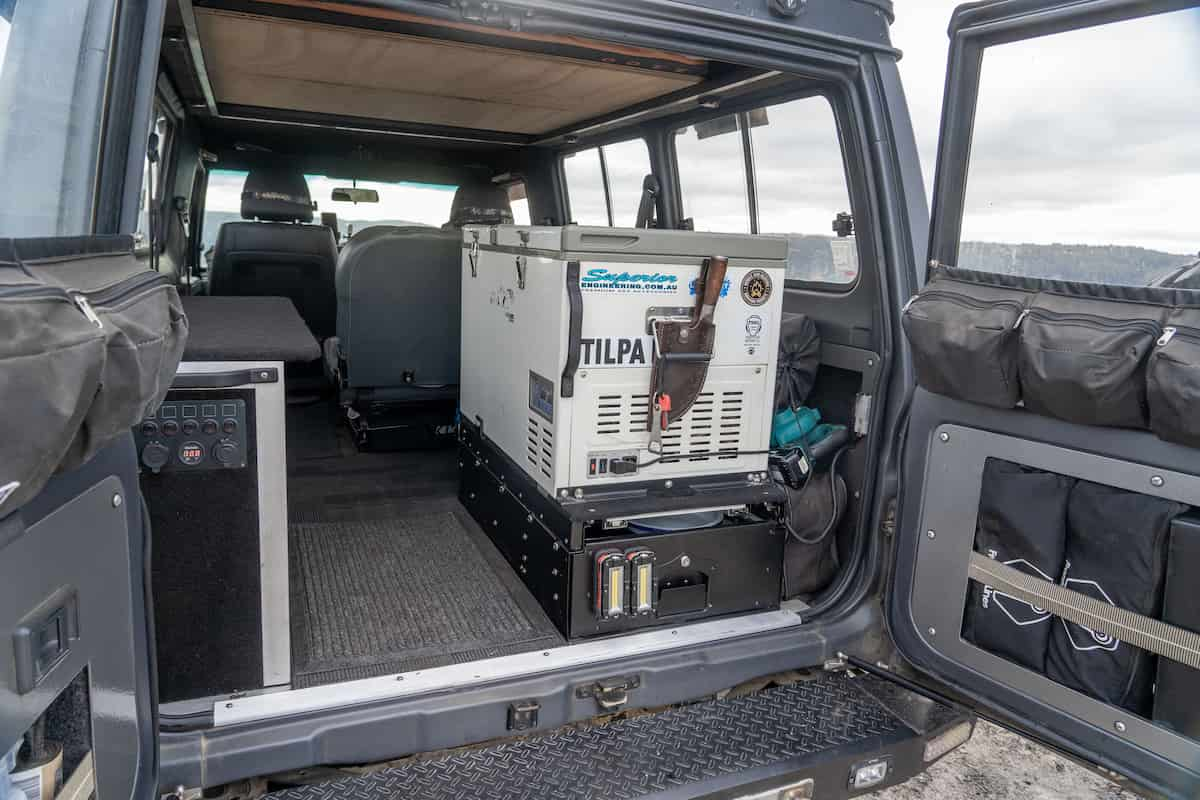
Prepping for a big 4WD trip isn’t glamorous. It’s not Instagrammable, and no one high-fives you for carrying a spare radiator cap. But the further you get from reception, the more these little bits of kit start looking like lifesavers.
Modern 4WDs are incredible machines, and with the right prep they’ll take you just about anywhere. But underneath the comfort and tech is still a vehicle battling the same ancient country that’s always been out there. So chuck a few extra things in the drawers. Tighten a few bolts. And download a workshop manual. Your 4WD might have Apple CarPlay, but remote regions and the Outback still doesn’t have roadside assist.